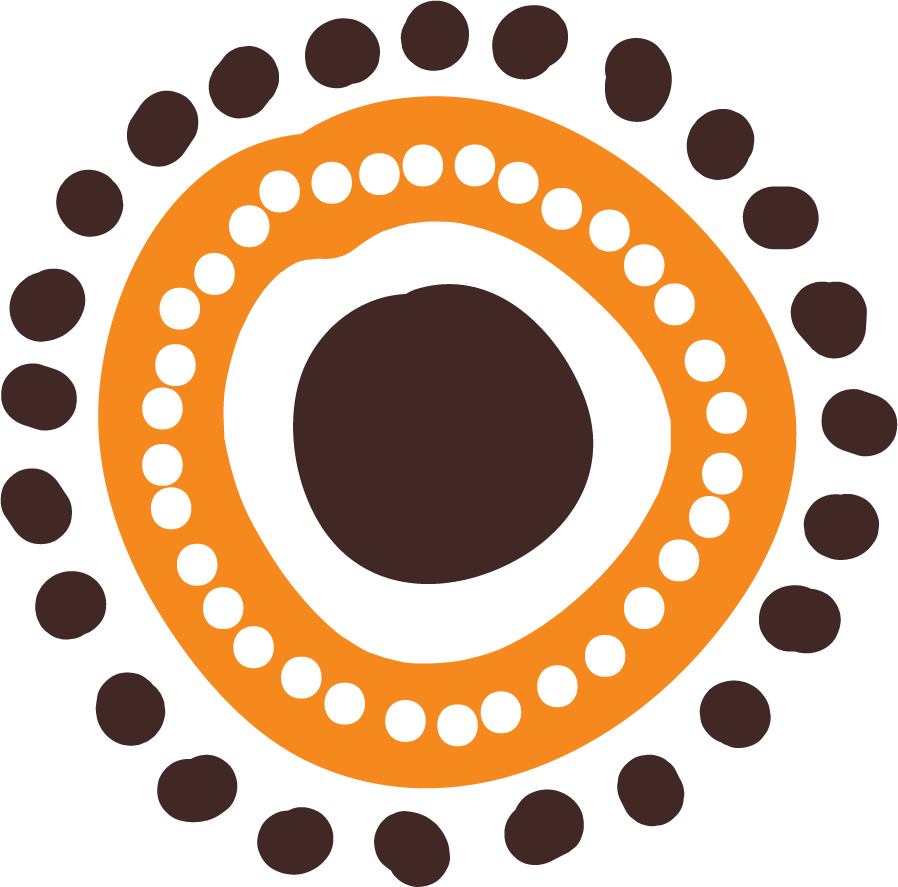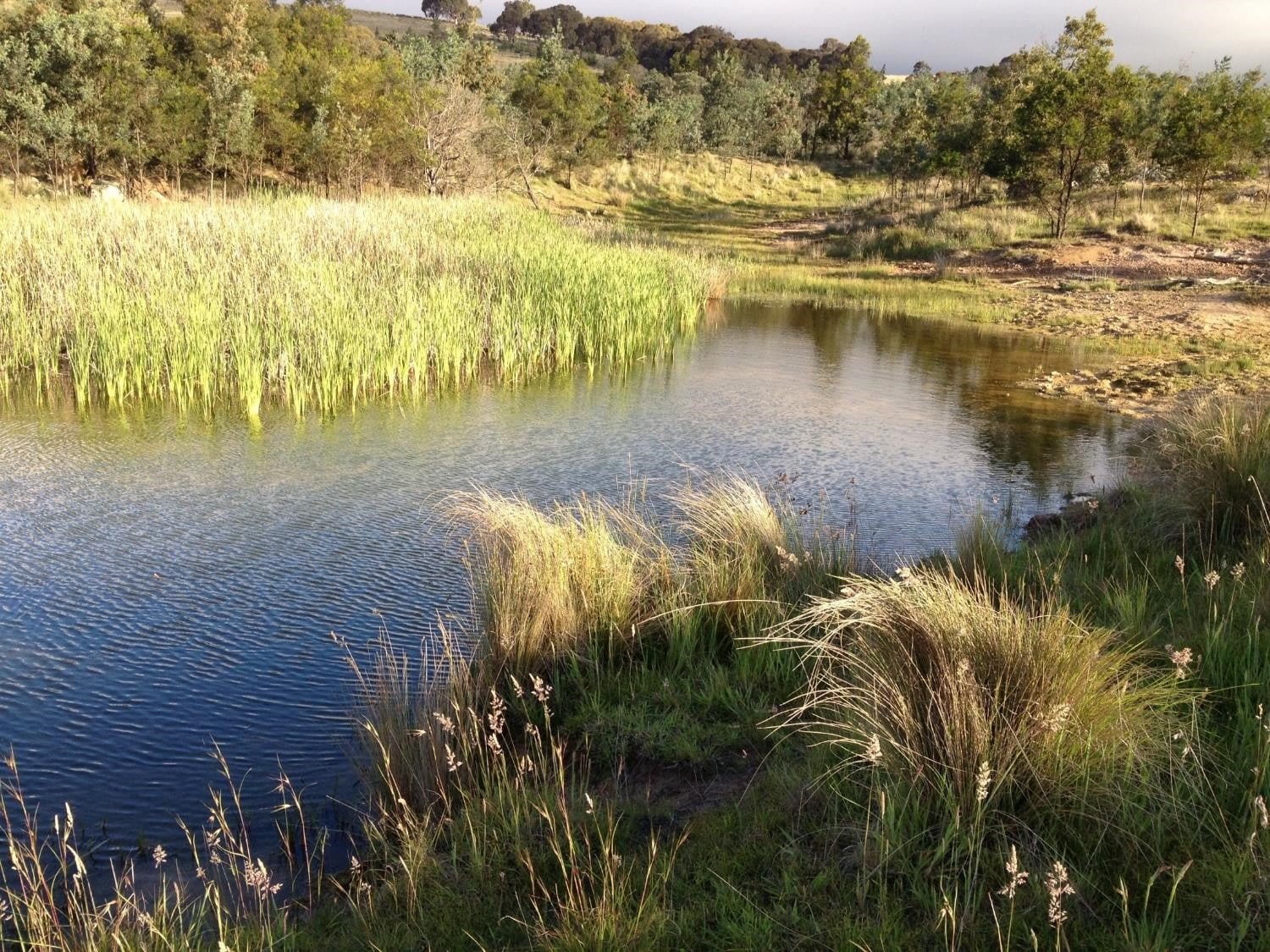People
Gundungurra country extends from the Upper Blue Mountains, to the south west through the Jamison and Burragorang Valleys towards Goulburn. Two major language groups were within the Goulburn Mulwaree region at the time of European contact; the Gandangara to the north of Goulburn and the Ngunawal to the south. It is likely that these tribal boundaries incorporated a number of distinct aboriginal communities with their own dialects, who were probably linked by kinship networks, common beliefs, ceremonies and customs.
Aboriginal people from the district maintained contact with surrounding groups and an absence of natural physical barriers in the region meant that travel was relatively easy. Large gatherings of Aboriginal people took place in Goulburn, with records of corroborees being held at Rocky Hill, the old railway quarry on the Wollondilly River, the Mulwaree Flats near Lansdowne Bridge at the brewery, and the site where the Goulburn rail station is located now.
Recorded Aboriginal heritage sites within Goulburn Mulwaree are often found along watercourses, or in elevated areas where food and shelter is available. (Source: Goulburn Mulwaree Council)
Rivers of Carbon’s Mary Bonet lives in Breadalbane and has strong connections with Alfie Walker, chair of the Pejar Local Aboriginal Land Council. Alfie has welcomed us to country (see video) and spoken about the deep spiritual and environmental importance of our rivers and waterways.
To find our more about the work the Pejar are doing you can follow their Facebook link.



